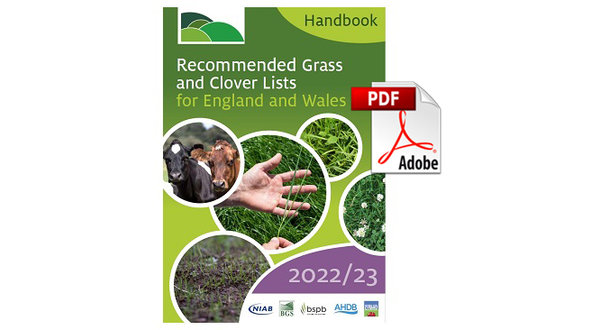The latest Barenbrug varieties
ERINVALE (16LP10T01) and TOLLYMORE
Two more excellent intermediate tetraploid varieties from the successful partnership between Barenbrug and the Agri-food and Biosciences Institute Northern Ireland (AFBI NI). The varieties have heading dates of 21st May and 22nd May respectively.
Both varieties are very strong under silage management achieving a year 1 yield of 106%. Erinvale has a particularly strong 1st cut yield of 111% whilst Tollymore has a more consistent performance throughout the growing season; 1st cut 104%, 2nd cut 103% and 3rd cut 106%. Tollymore also has a very strong grazing performance with 105% achieved for both dry matter and ME yeld. Both varieties have strong grazing and 2nd cut D values.
Both Erinvale and Tollymore will appear on the GCVG for Scotland later this year and Tollymore is likely to be added to the 2023 Irish Recommended List and PPI.
CROSSGAR
The final new addition for 2022 is the late diploid ryegrass variety Crossgar which has a heading date of 4th June and will also be added to the GCVG for Scotland when it is published later this year.
Grazing yields are 1% above control (99%) and total mean silage yields are 3% above control (98%). Crossgar provides a first cut of 102% with early spring and spring yields under grazing of 93% which are 6% and 3% above control respectively. Winterhardiness is good and disease resistance is moderate. A consistent performer across both cutting and grazing management trials, Crossgar will be an excellent addition to any cutting or grazing ley throughout the UK.


